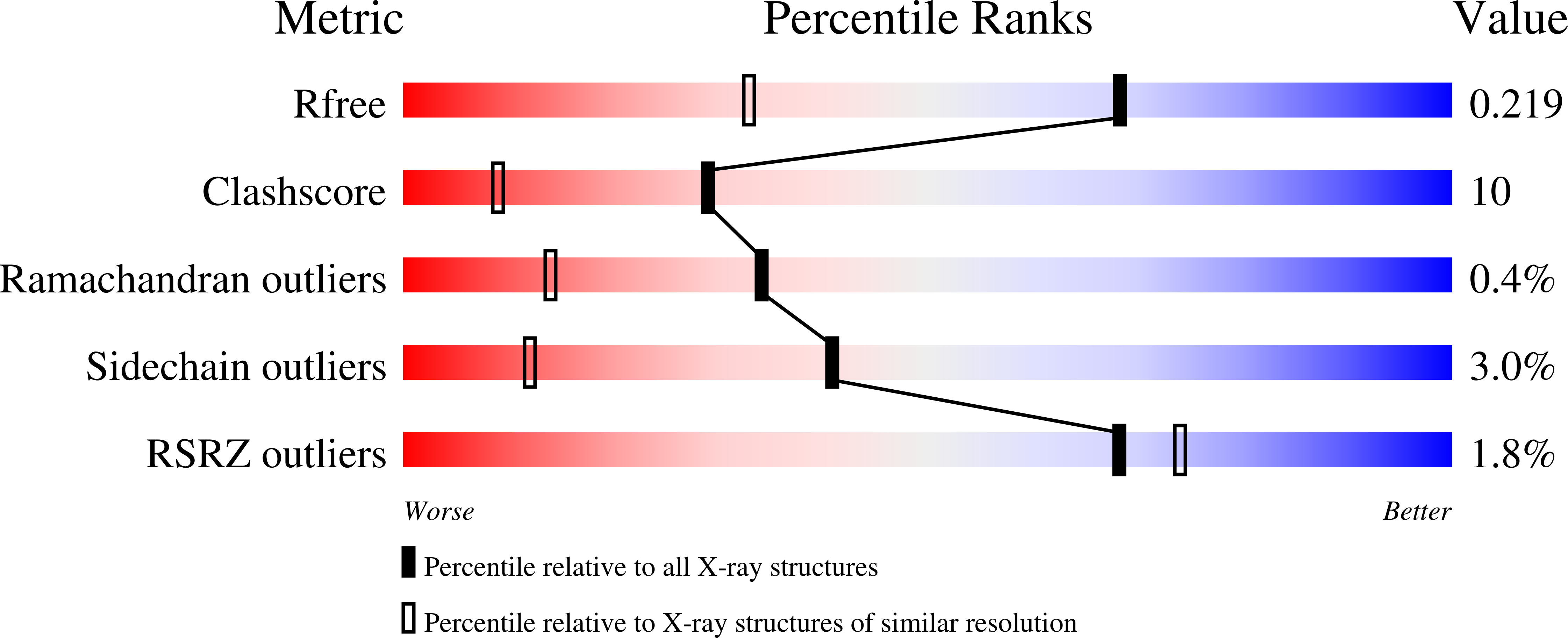
Deposition Date
2004-02-25
Release Date
2004-06-08
Last Version Date
2024-10-16
Method Details:
Experimental Method:
Resolution:
1.55 Å
R-Value Free:
0.21
R-Value Work:
0.19
R-Value Observed:
0.19
Space Group:
P 21 21 21


